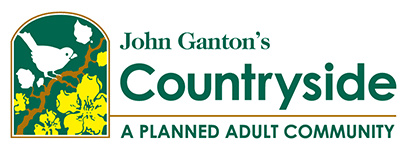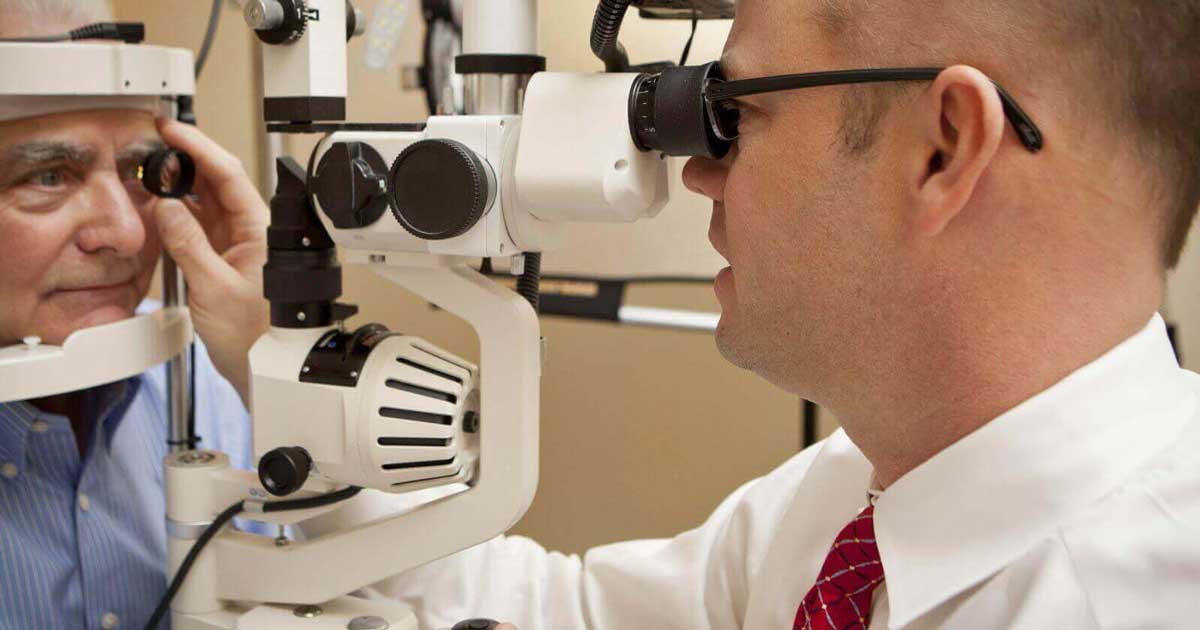Time takes a toll on our bodies, and our eyes are no exception. Most people start experiencing eye changes as they reach middle age. You may need reading glasses, see colors differently, or have trouble with glare or night driving. All are normal and just serve to remind us that we are getting older and need to give our eyes a little extra care and attention.
As time goes on, however, age-related eye problems can occur that require professional help. Generally, around age 50 it’s important to see an eye-care professional to assess your eyes and set a benchmark for going forward. According to the National Eye Institute at the National Institutes of Health, many eye conditions and diseases can be detected through a simple test called a comprehensive dilated eye exam. Even if you don’t experience symptoms that concern you, this exam can make all the difference in retaining your healthy eyesight and your lifestyle. The sooner a problem is detected, the sooner treatment can begin.
Diseases and disorders
The NEI notes that the older we get, the more likely we will experience eye issues. Some are related to conditions like diabetes and others just a function of time. Here is a look at serious diseases and conditions and associated symptoms and treatments from the Cleveland Clinic to help you know when a symptom needs attention.
Glaucoma: Glaucoma is often hereditary and is usually related to high eye pressure, but can also be caused by diabetes, age, race, medications, blood vessel blockage, and eye injuries and infections. The good news is diagnosis by an eye care professional is simple. They will test for elevated eye pressure, check the appearance of the optic nerve and check the field of vision. Different treatments are available including drops, oral medications, lasers, and surgery.
Cataracts: By the time we reach age 80, the NEI says, “more than half of all Americans either have a cataract or have had cataract surgery.” Cataracts are clouding of the eye lens by proteins that make up the lens, causing limited vision. Risk goes up with age, diabetes, smoking and alcohol consumption, and ultraviolet light exposure. Surgery for cataracts has become commonplace and is considered safe and effective in 90 percent of cases.
Retinal conditions: Worldwide, problems with the retina are a leading cause of blindness, even in developed countries. The Cleveland Clinic describes the retina as “a thin lining on the back of the eye made up of cells that detect visual images and pass them on to the brain. Retinal disorders interrupt this transfer of images.” Among retinal conditions, the three most common can be the most damaging.
Retinal detachment: This condition is exactly what it sounds like: a separation of the inner and outer layers of the retina, which essentially severs the connection between the eye and the brain. Symptoms include floaters, flashes of light, dark shadows and “vision that appears wavy, as if you were under water.” These symptoms require immediate medical attention to reattach the retina and in many cases, save all or part of your sight.
Age-related macular degeneration: In the center of the retina is the macula, home to the cone cells that are sensitive to light. When these cells begin to degenerate, vision suffers. Fine details are difficult to make out and central vision is blurred. Although there is no cure for AMD, the earlier it is diagnosed, the sooner treatment can begin to prolong the quality of eyesight. Treatments include nutritional supplements, and in severe cases, laser surgery and injected medications.
Diabetic retinopathy: A complication of diabetes, this condition is the result of a lack of blood to the retina. Symptoms can include floaters, blurred vision, blind spots, or cloudiness. When new blood vessels grow and then bleed into the center of the eye, serious damage can result. The best way to avoid diabetic retinopathy is to maintain control of blood sugar and get regular eye exams. Treatments include lasers and drug injections.
Getting the eye care you need
If you’re on Medicare, Medicare Part B provides coverage for eye exams if you’re diabetic, as well as glaucoma tests and tests and treatment for macular degeneration. Medicare Advantage Plans offered by private insurance companies often include vision care coverage, so shop all the options and choose the best plan for you and your eyes.
If you or a loved one is already experiencing vision problems, the American Foundation for the Blind provides a comprehensive list of resources in the blog, “Resources for Adults New to Vision Loss,” that can help you, your family and care givers find ways to live safely and locate services and information to guide you.
For information about Countryside, call Margaret Nagel at (517) 206-5000 or download our brochure to learn about our care levels, cost, and amenities.


